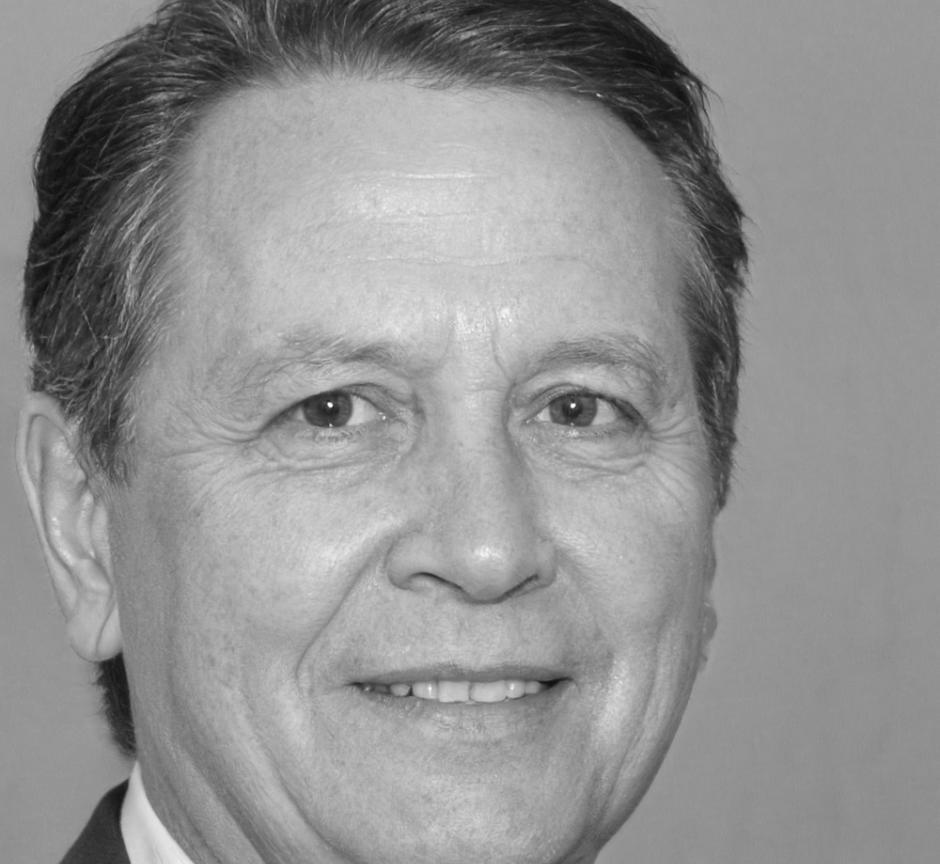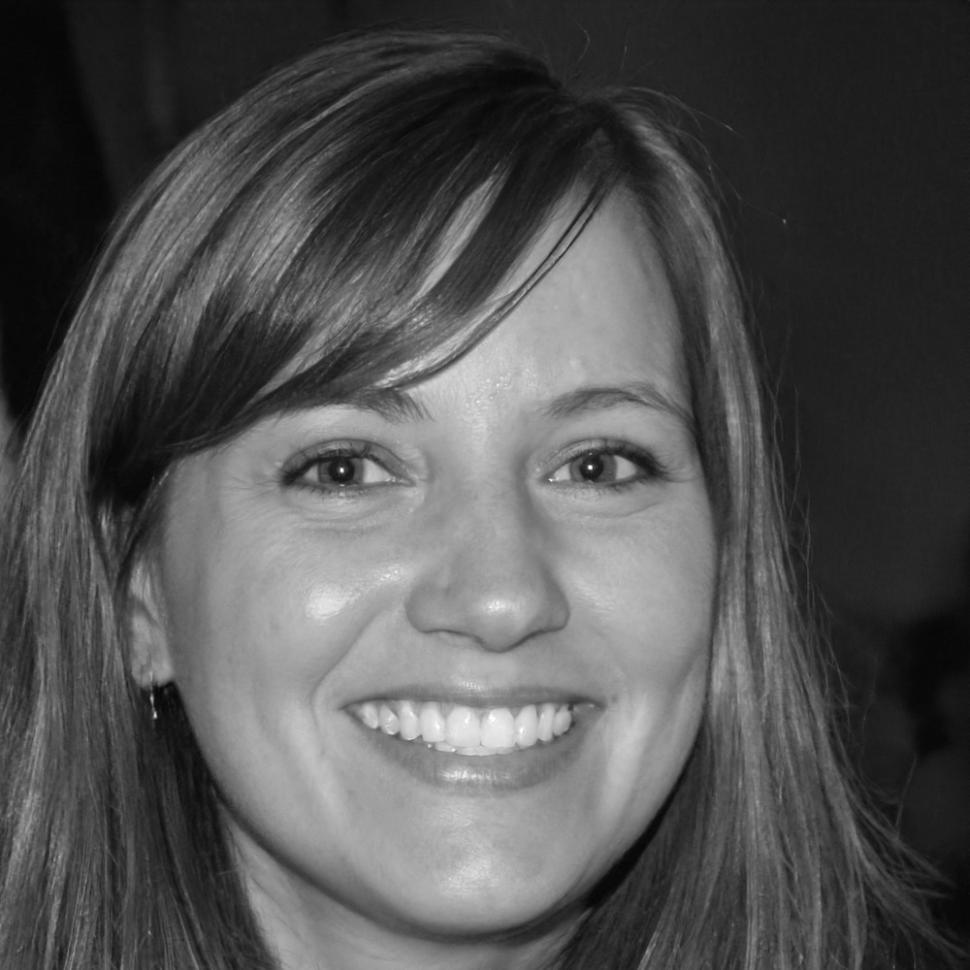Built From Real Problems, Not Theory
We didn't come from academia. Rhett spent eight years dissecting profit margins for mid-sized manufacturers. I worked with service businesses trying to understand why busy months still ended in red ink.
The education we offer now came from those years of troubleshooting actual business challenges. We teach the frameworks we developed while sitting across from frustrated owners who needed answers yesterday, not academic theory.
Our first workshop in 2018 had seven attendees in a borrowed office space. Now we work with business owners across Australia who want to understand their numbers without drowning in complexity.


